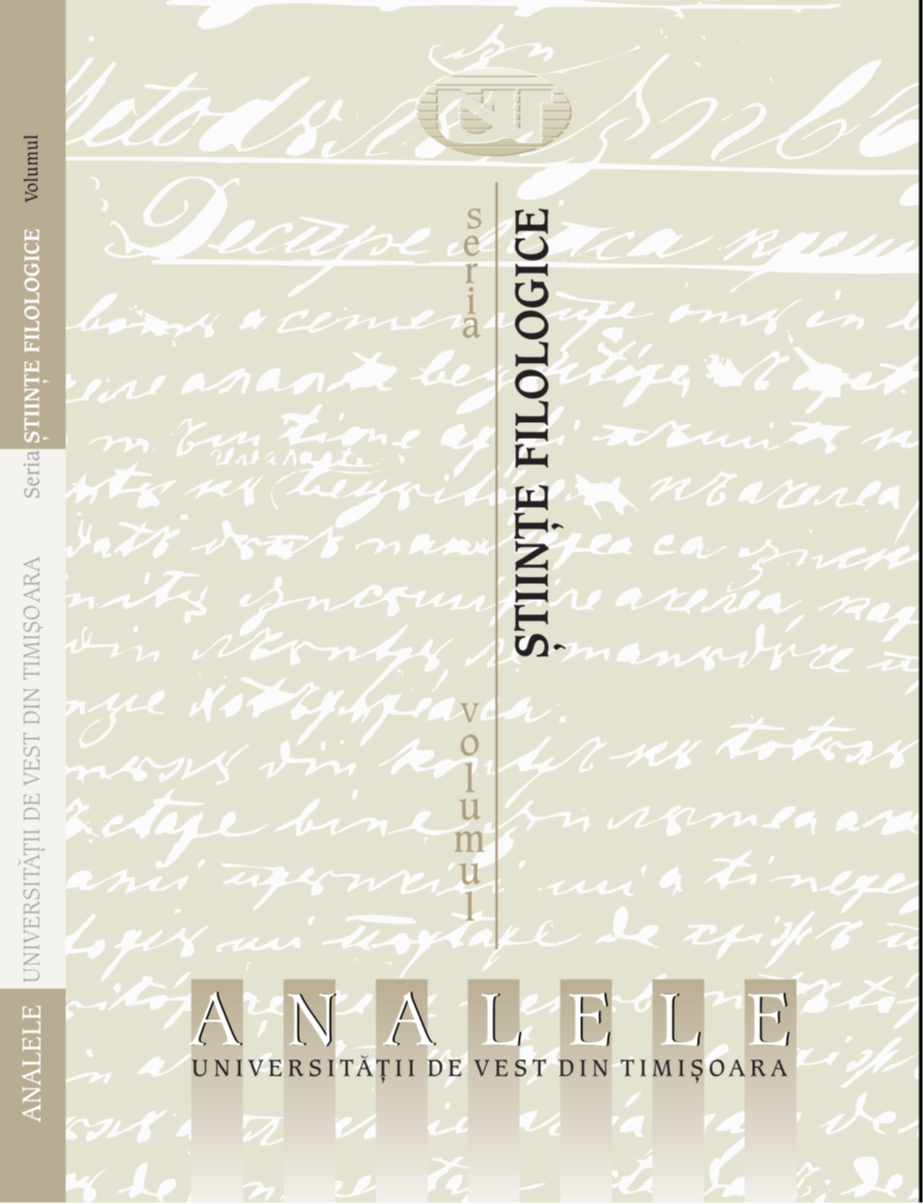Acte verbale expresive care inițiază și încheie dialogul în limba română actuală
Expressive Speech Acts Used to Open and Close Dialogues in Present-Day Romanian
Author(s): Daiana FelecanSubject(s): Language studies
Published by: Editura Universităţii de Vest din Timişoara
Keywords: expressive speech act; dialogue; unconventional greeting; pragmatics; discursive functions;
Summary/Abstract: The following paper starts from the acknowledgment that, in the present-day Romanian language, interlocutors display an increased preference for the use of unconventional devices as opening and closing sequences of speech acts. Their employment depends on the type of context in which a verbal interaction takes place (formal vs informal context) and on the parameters of social distance and communicative force, which determine the relationship between the participants in a certain speech act. Conventional greetings are also taken into consideration in research, but the purpose of the paper is to prove that in addition to standard greetings, certain expressive speech acts, which “borrow” their functions, may be found. Some of the expressive speech acts that have been analyzed have positive connotations (e.g., compliments, praises, appreciations, condolences), as their formation is based on maintaining a harmonious relationship between interlocutors. Other expressive speech acts have negative connotations (e.g., insults, imprecations, reproaches, criticisms), since they are based on the destructive nature of the interpersonal relationships in which they originate. The paper analyzes such verbal sequences, which enclose dialogues, and highlights the functions that they develop in communication. To this end, concepts and precepts from the theory of speech acts are used, and the overall methodological framework pertains to pragmatics.
Journal: Analele Universităţii de Vest din Timişoara.Seria ştiinţe filologice
- Issue Year: 61/2023
- Issue No: 61
- Page Range: 129-142
- Page Count: 14
- Language: Romanian

